THE Y2K CRISIS PROVES THAT THERE IS HOPE FOR HUMANITY
If you remember watching the Fresh Prince of Bel Air or “Hey Arnold” on Nickelodeon, staying up late to catch Samurai x or Dragonball z on Toonami or Waking up early on a Saturday -a Shocking idea nowadays- to watch Saturday morning cartoons on the Warner Brother’s network, then you probably also have some recollection of the Y2K bug.
If you’re any older than that - you DEFINITELY remember it vividly.
The year 1999, and the two years leading up to it were some of the most tumultuous, tension-filled times of the 20th century.
Technology had begun developing more rapidly, moving from entire server rooms dedicated to “simple” programming (like the monolithic structures Bill Gates learned to code on) to slightly less gigantic Home and Office computers, which could connect to the internet and run Super Mario Bros from a Floppy disk.
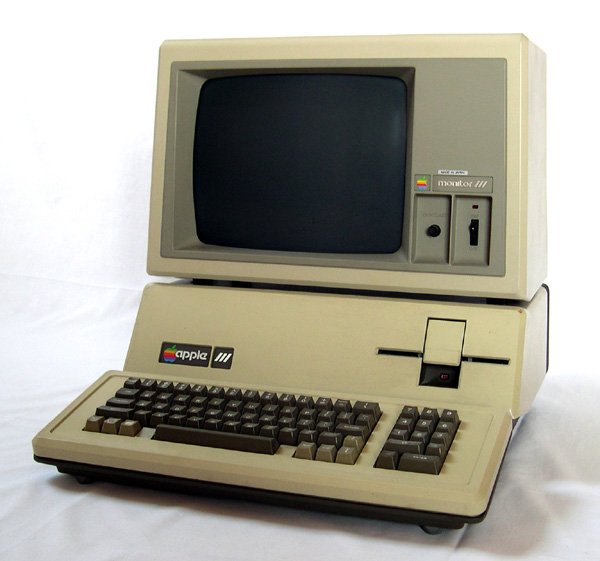
As computers became more accessible, businesses and national institutions began to integrate them into operational infrastructure. Banks would begin to rely wholly on computers to calculate interest rates, keep track of transactions and calculate account balances.
Flight Operators and other transport networks would now keep track of everything using sophisticated programs that could monitor and coordinate the movement of vehicles to the second, ensuring that things ran smoothly. Whole government facilities, including the ones that kept their fingers off that big red nuclear button, were now running on computer systems meant to make our lives easier.
The problem?
The genius minds that designed these systems, fell victim to a lack of foresight and the pressure of circumstance.
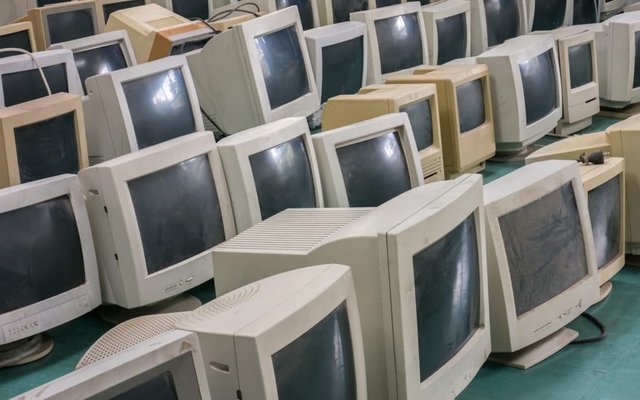
What Exactly Was the Y2K or Year 2000 Problem?
Back in the tail end of the 20th century, when cellphones, weren’t pocket sized computers capable of destruction and creation in equal measure, storage space was pretty expensive.
In the 1980’s, a Single Gigabyte of data could cost around $200,000 USD on average. (If you bought it from Apple it may have cost as much as $700, 000 - go figure.) It goes without saying, that our optimization minded, software development pioneers were concerned about storage space. Which led them to begin representing years with two digit numbers instead of the full year.
For example, 1972 would be represented as “72” and 1995 as “95” and so on.
The year 2000, posed a unique problem for this particular approach to calculating dates, since “00” could mean 1900, 2000 or even 19200 - among infinite other possibilities - depending on how the program reading the date was coded.
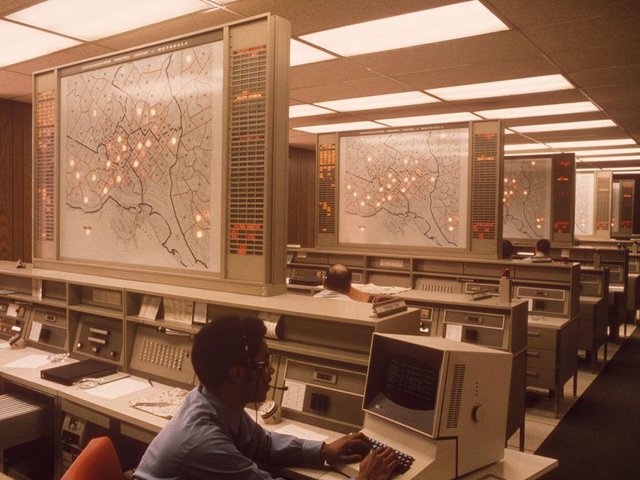
For some programs, the Y2K problem may not have been an issue. They could have simply kept running, albeit with an incorrect date. For other programs however, the Y2K problem posed a serious threat to their operational integrity. Take for example the interest calculations we mentioned earlier, many of these were based on dates. If an account had been opened in 1972 and had been racking up interest yearly as time moved “forward”, what happened when it suddenly made a jump backwards 80 years? Or if it jumped forward an extra hundred?
Some programs may have been able to maintain their basic functions, but many others could have registered the dates as a serious error and simply stopped functioning, or wildly malfunctioned.
Could you imagine the chaos that could have ensued if the systems running a plane simply stopped functioning?
Well- pretty much everyone started speculating similar things, which lead us to the great Y2K hysteria.
Y2K Hysteria
During the late 90’s, media companies began pushing massive waves of sensationalist articles and news stories about the “Looming Y2K Threat”. Theories from market crashes, to the beginning of “Accidental nuclear wars” weren’t just being thrown around by conspiracy theorists, but by leaders in the tech industry and major news outlets.
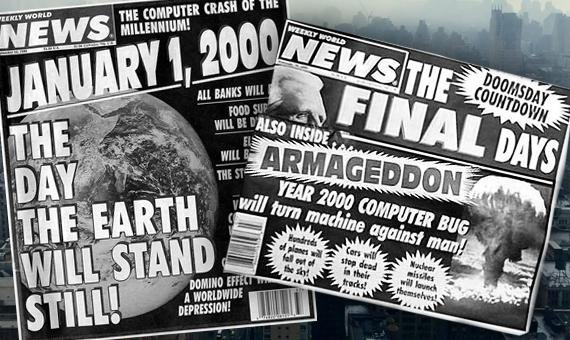
As with most new sensations, the general public took what they were being told for granted, without much question. Computer software in general was still just becoming commonplace and most people had a vague understanding of it at best.
It’s hard to be critical of the public's reaction to the Y2K news at the time.
While there was a wealth of information available for the most part - it was not nearly as accessible as information is today. You couldn’t simply whip out your $230,000 worth of storage space, with a convenient - near universal - access to astronomical download speeds and processing power - AKA cell phone - and google what was ACTUALLY going on.
Even with dial up internet access, and the use of a search engine, information that didn’t perpetuate hysteria without a solid basis was hard to find.
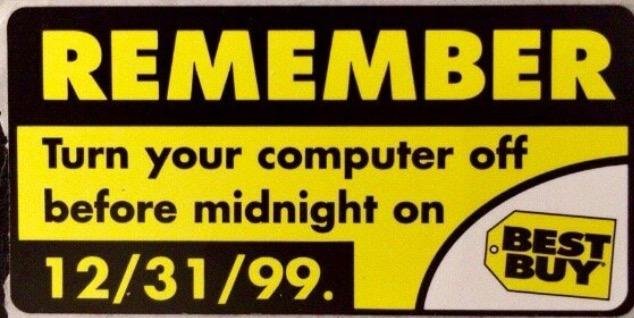
Which is what eventually led to the US and other governments setting up websites dedicated to putting an end to the misinformation. Not only were websites set up, but numerous efforts were made globally to inform the public, business owners and employees about the true risks associated with the Y2K problem. None of which were accidental missile launches or stock market crashes.
So What did Happen?
Having stayed up late to celebrate New Year’s Eve with fireworks in the front lawn of my aunt’s home, the Y2K global collapse was a no-show.
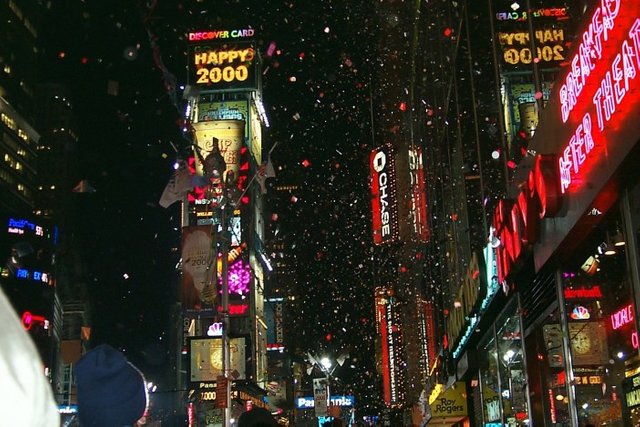
There were no power outages, no water shortages, no ATM malfunctions or interest rate miscalculations. In fact - pretty much nothing memorable happened in relation to the Y2K problem.
So was Y2K a hoax?
Objectively - No.
You see, despite recognizing that many of the extreme fears of people globally - like an accidental nuclear winter - were dismissible and pretty much impossible, the global community still took massive action to mitigate any possible infrastructural repercussions from the impending Y2K bug.
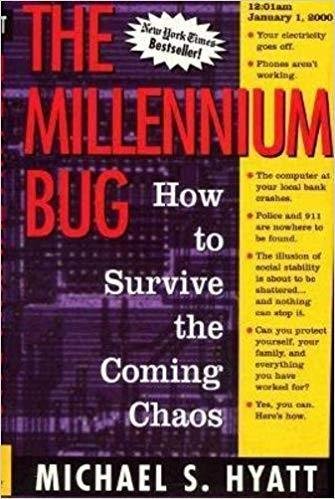
Thanks to the internet, widespread distribution of Y2K “fixes” was made possible, like the “Millenium Bug Kit” designed by Rudy Rupak in 1996. Efforts were made all round to discontinue the use of 2-digit date codes and replace then with a full 4 digits.
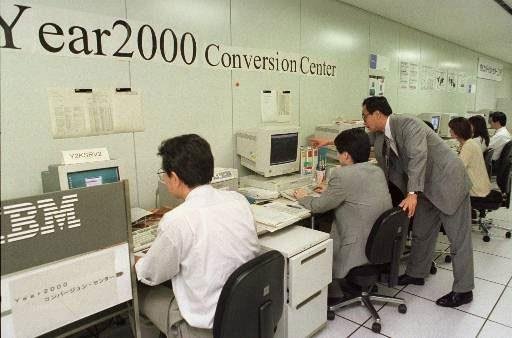
These initiatives were so widespread, that globally over $400 billion USD was spent, in order to get the problem handled. Considering this, it’s probably not surprising that the world didn’t fall apart that at midnight that New Year’s Eve.
So Did, Y2k Hysteria Save The World?
This argument unfortunately is just as strong in both directions.
Given that “not much” occurred - aside from minor ATM malfunctions in some parts of the UK- one could argue that the Y2K hysteria was wildly unjustified and simply pushed by news outlets as a means of revenue generation.
Negative headlines do sell after all.
One could also argue however, that very much like an exaggerated immune response, the collective global hysteria surrounding the possibility of widespread catastrophe, due to the Y2K problem, could have done a lot to prevent many of the negative outcomes that were possible.
There was a collective global effort for a number of years, that despite the presence of a variety of major global conflicts, served to mitigate the very worst that was within the realm of possibility in the Y2K crisis.
Humanity, our collective consciousness in a world without a definitive and truly “objective” understanding of the reality we experience- managed to join forces in order to avert a potential global catastrophe. In a time of growing political unrest, ever expanding controversies, a changing climate and an ever increasing laundry list of seeming cultural problems- there is hope for humanity. Because, as the Y2K problem proved- when it comes down to it- we have what it takes to set aside differences in order to survive.
Congratulations @neonflux! You have completed the following achievement on the Steem blockchain and have been rewarded with new badge(s) :
You can view your badges on your Steem Board and compare to others on the Steem Ranking
If you no longer want to receive notifications, reply to this comment with the word
STOPTo support your work, I also upvoted your post!
Vote for @Steemitboard as a witness to get one more award and increased upvotes!